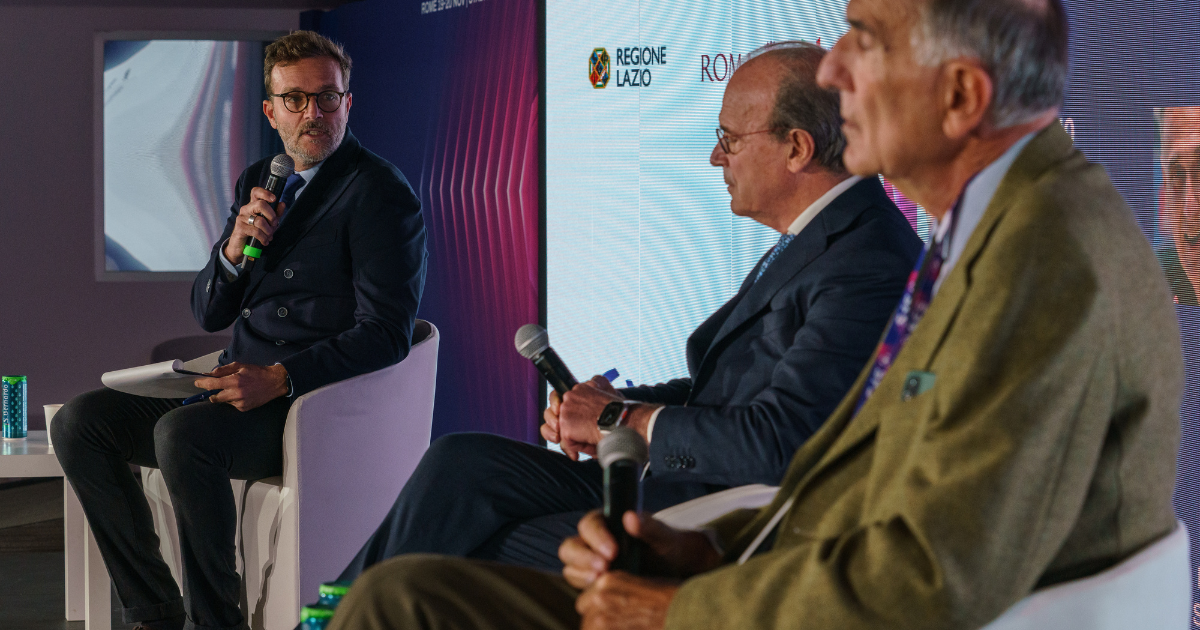
How to safeguard the health of footballers
A high-level, intense, and detailed discussion took place at the Football Stage of SFS in Rome between professors Ezio Adriani of the Agostino Gemelli University Polyclinic in Rome and Andrea Ferretti of the CONI Institute of Sports Medicine. Piergiorgio Luciani of the Institute of Sports Medicine and Science moderated the debate.
The focus of the discussion was the physical health of football players and their protection. The discussion was based on a clear and shared concept: players are playing too much, increasing not only the risk of injuries but also the costs of assembling adequate squads and top-level staff.
The main reason for the increase in injuries, Luciani mentioned a 30% increase between 2023 and 2024, with a 5% increase in anterior cruciate ligament injuries, is the extreme nature of athletic performance. But that’s not all. As Ferretti explained: “The path taken by FIFA and FIGC is towards increasing competitions, there will be no turning back, so we need to adapt”.
“Football,” emphasized the former national team doctor, “has changed and is constantly evolving, the performances of today’s athletes are not those of 50 years ago”. However, Ferretti is clear on one concept: “Physiologically, for a complete recovery, one should play every 6 days. Reducing this time frame prevents the body from fully recovering, and without recovery, structures fail”.
After discussing recovery times and the importance of the psychological factor in this context, Adriani and Ferretti addressed a series of more specific issues. Firstly, muscle injuries, “Instrumentation,” clarifies Ferretti, “has increased but the return-to-sport times have not decreased, they are the same as 40 years ago, but recurrences have decreased.” Secondly, the use of regenerative therapy, “No, it doesn’t help,” says Andreini, “at least not in the short term. It could help with the quality of healing. On the other hand, it is very effective for tendinopathies”.
The reasoning about women’s football and the difference in traumas compared to men’s was interesting. “Women,” emphasized Andreini, citing a major US medical journal, “are predisposed to anterior cruciate ligament injuries, due to hormonal factors and tibial angle.” Ferretti connected to this reasoning by pointing out that in the 1980s when he followed women’s volleyball, the injury ratio was 4-1 in favor of women. “Little is done on prevention, especially on materials”.



